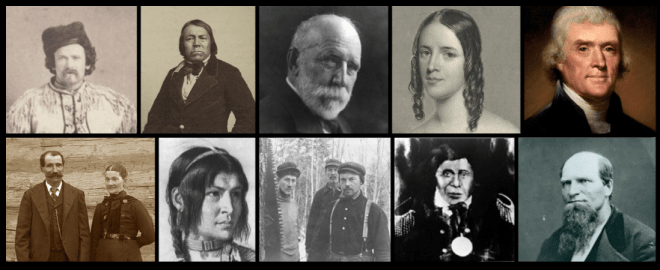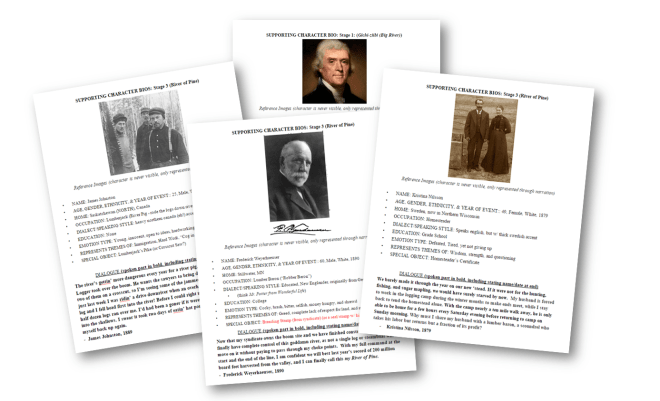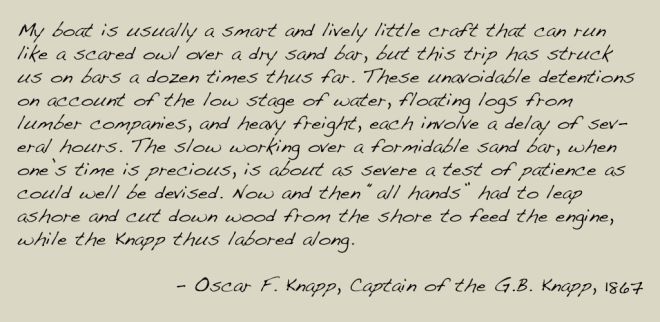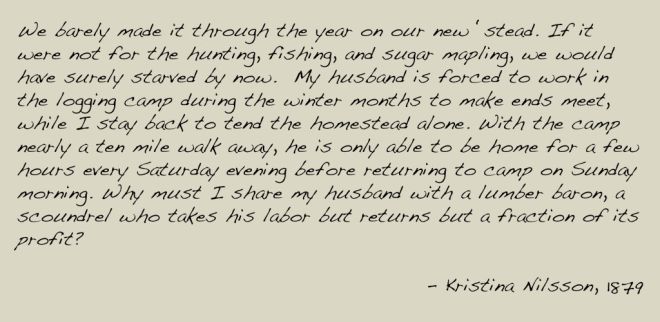Trending
Opinion: How will Project 2025 impact game developers?
The Heritage Foundation's manifesto for the possible next administration could do great harm to many, including large portions of the game development community.

Featured Blog | This community-written post highlights the best of what the game industry has to offer. Read more like it on the Game Developer Blogs or learn how to Submit Your Own Blog Post
A post about researching, writing and recording dialogue for a variety of characters in Tombeaux, a historical interactive experience being released in 2016.

 A Few of the Historical Supporting Characters from Tombeaux
A Few of the Historical Supporting Characters from Tombeaux
While a picture might be worth a thousand words, I have a feeling that a thousand words spoken by the right person - someone who possesses the talent and training to properly deliver a line - is worth even more.
Tombeaux is somewhat heavy on narrated dialogue. It delivers a large portion of its story through a single main narrator that we hear throughout the game. But just as crucial to that single voice are the musings delivered in the form of short dialogue snippets by the sixteen different historically accurate supporting narrators. I spent a large part of last spring and early summer refining these characters and the lines that they would speak.
 Historical Supporting Character Bios
Historical Supporting Character Bios
Just as with a film or book, one cannot necessarily just sit down and begin writing dialogue for a character. It was important to me that these individuals were well-researched and authentic. Additionally, I wanted to make sure to have a small bio (with supporting imagery) for each character, so that I (and eventually, the actors) could more easily get into the heads of these people. In the case of well-known historical figures (like President Thomas Jefferson, who we hear reading one of his letters in my game), this was easy. I could fill in his name, age, gender, ethnicity, and even the year of the event/dialogue with a simple internet search. From additional research, I could also supply the bio with his educational background, speaking dialect/style, home, and occupation. Because I have placed these characters in the game as supporting observations and narrative (it is not required of the player to listen to their statements), their role acts to fill in holes left by the main narration, adding a level of depth for the particular player who wants to learn more. To support this, I've also assigned each individual bio with specific emotional states and themes that they would be representing in Tombeaux.
 Quote by Oscar Knapp, Steamboat Captain
Quote by Oscar Knapp, Steamboat Captain
While my main character is more opinionated and collaged from multiple facts, writings, and quotes (representing one voice of collective America), the supporting characters are either actual figures from history or a representation of a figure one would find in that era. For instance, I have people like Frederick Weyerhauser the lumber baron and the Ojibwe Chief Great Buffalo (Kechewaishe) speaking in my game. These are historical figures - icons - speaking in the game with either real things they said, or a collection of quotes and facts that were associated directlly with them.
 Quote by Kristina Nilsson, Swedish Homesteader
Quote by Kristina Nilsson, Swedish Homesteader
But in the case of many view points I wanted to represent in the game, it was very hard to find documentation on both a person and a specific quote. I often times had to find a word-for-word quote by an unnamed person and attribute it to the name of another person from that time period. For instance, James Johnston the lumberjack or Kristina Nilsson the Swedish homesteader did not have specific quotes attributed to them in history. Instead, I combined various quotes and facts from that period in order to craft lines that would have most likely been spoken by that person (or a similar person). Essentially, while some of the narrated lines were pure non-fiction, I had no choice but to dive into "creative nonfiction" for some characters, through historical research and inventiveness.
 Matthew Carlson
Matthew Carlson
Once I had the lines written, it was time to start recording them for the game. While I recorded all the lines myself first, that was obviously only as a placeholder. Luckily, one of my closest friends, Matthew Carlson, is an actor and writer. In addition to having years of experience on stage and a graduate degree from NYU, he's been focusing a lot of his current work on screenwriting. Not only was Matt able to lend his voice talents for one character, but he gave my script a much-needed overhaul, bringing it to a level of polish I could never have achieved alone.
Listen: Dialogue by the lumberjack James Johnston (voiced by Matthew Carlson)
And, as if that wasn't enough, he also offered to act as unofficial "casting director" for me, helping me to find the other 15 voice actors for the game. Before I knew it, he had reached out to his acting friends, and received affirmative responses from nearly every person he asked.
 Some of the voice actors from Tombeaux
Some of the voice actors from Tombeaux
The result has been amazing, as now my game is filled with a who's who list of Broadway and IMDB, including Nicholas Carriere as Thomas Jefferson, Ray Baker as Frederick Weyerhauser, Gretchen Hall as a Swedish homesteader, and Kate MacCluggage as a park ranger (to just name a few!). Again, I have my good friend Matt to thank for helping Tombeaux's narrative and voice talent ratchet from "amateur" up to "professional" in a series of a few months.
Listen: Dialogue by Thomas Jefferson (voiced by Nicholas Carriere) reading a letter from 1803
While the ideal situation is to record the lines in a outfitted studio, my voice actors were literally spread across the country from LA to NY. Since each of them only had a single 30-60 second line to record, we relied on earbud mics as the recording tech for the first run-through. After bringing the emailed files in to the free audio editing program, Audacity, I made some adjustments that followed a quick workflow tutorial that I found online. These adjustments allowed all of the tracks to sound relatively similar, and resulted in a fairly sufficient quality that I could bring in to the game. Once I overlayed the tracks on top of the game's background sound effects and Joseph Fear's musical score, they fit perfectly. The dialogue and recordings have proven to be the perfect addition to Tombeaux's dedication to authenticity and excellence, and I have over a dozen people to thank for that (especially my friend, Matt)!
Tombeaux is a historical interactive experience being released in 2016. Visit http://www.tombeauxgame.com/ for more details, imagery, and information.
Special thanks to all of my current voice actors: Steve Alm, Mike Ojibway, Chris Bolan, Nicholas Carriere, Lesley Shires, Brian Slaten, Rob Eli, Ray Baker, Matthew Carlson, Kevin Crouch, Gretchen Hall, Ben Graney, Max Santucci, Kate MacCluggage, and Ken Roht.
You May Also Like